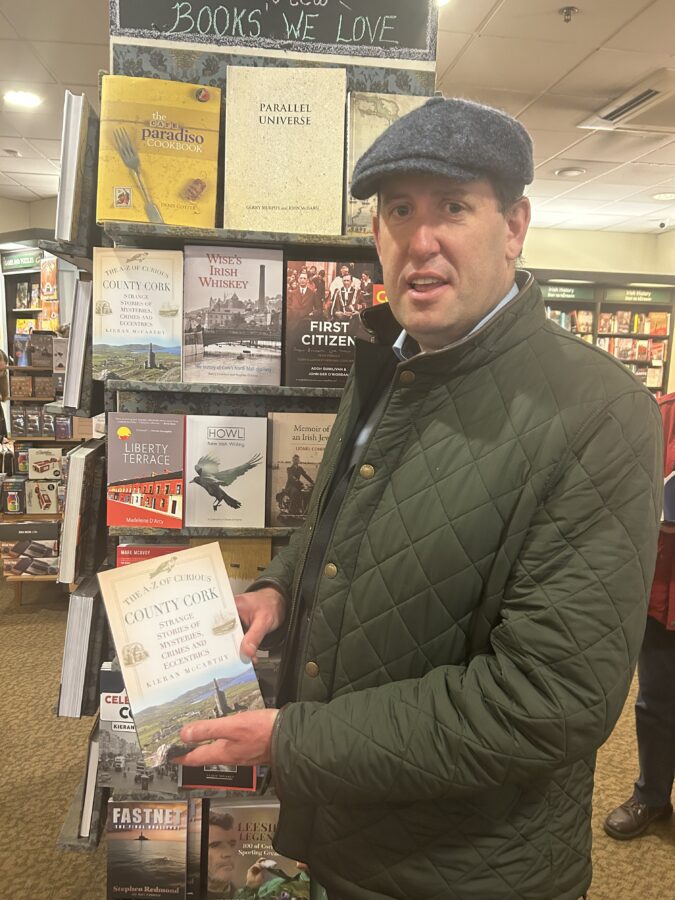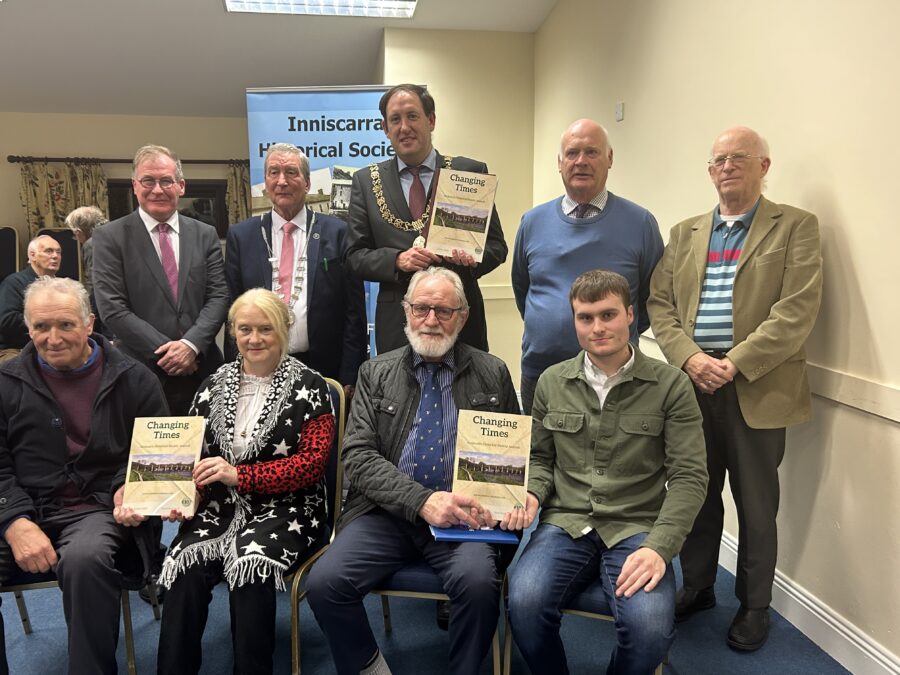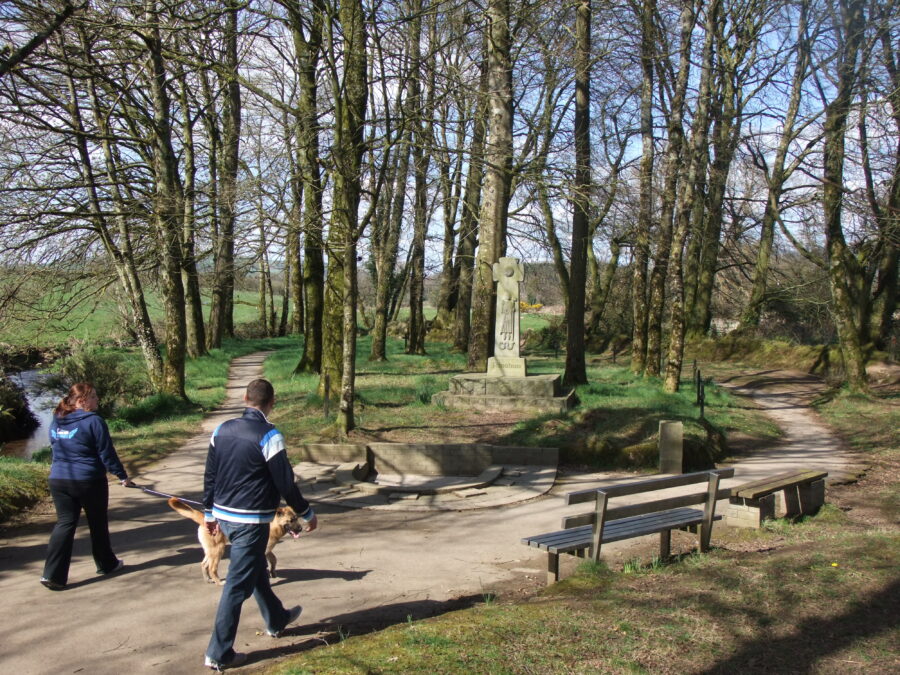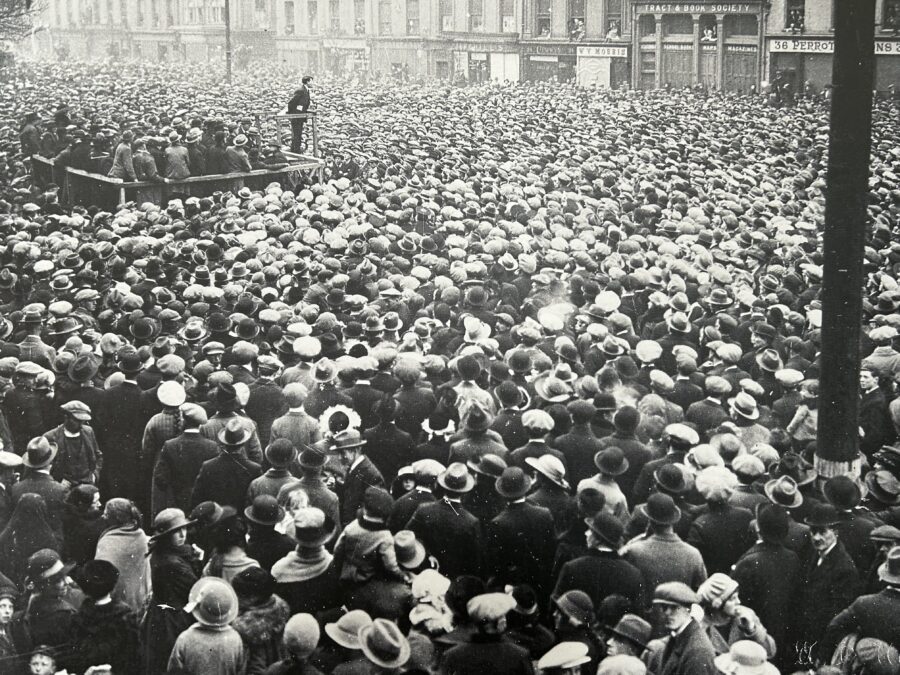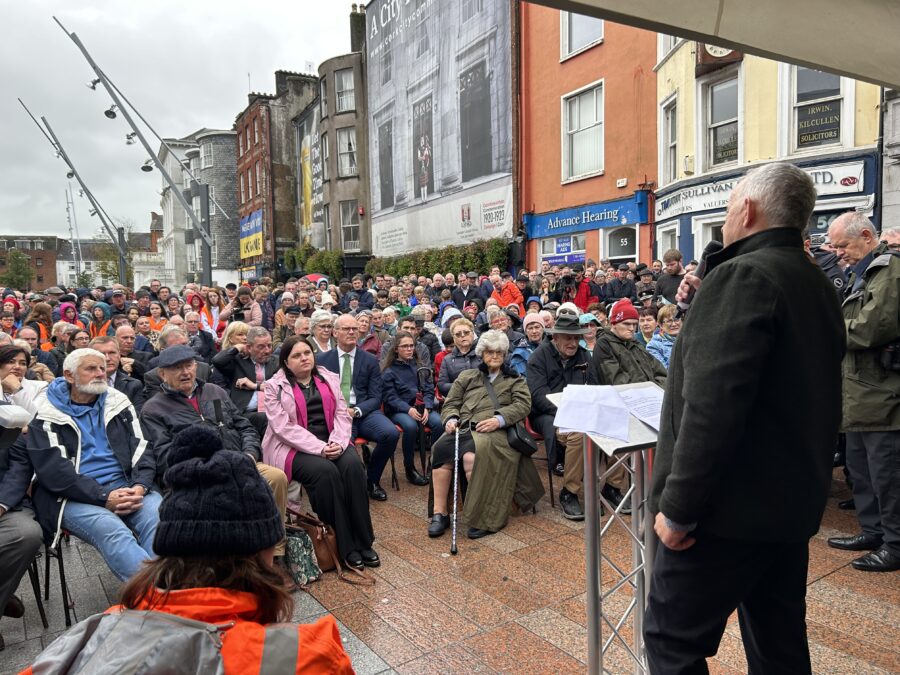Island City, Cork’s New City Sculpture Trail:
Island City Sculpture Trail is the most ambitious arts project Cork City Council has undertaken and the single biggest investment in public art our city has ever seen. I was delighted to meet all of the inspiring artists and architects, at their individual unveilings over the past few months, and to hear the incredible thinking, ambition, motivations, process, detail and love that has gone into each installation.
Cork City Council would like to sincerely thank our partners Fáilte Ireland, who funded the project under the Urban Animation Scheme, and the National Sculpture Factory for commission support.
The trail has been a great project for all, bringing art to the streets of Cork and enriching our urban environment and its heritage and history. In fact, it is a testament to the resilience, creativity and togetherness of the cultural sector. This initiative will deepen the city’s connection with public art and encourage locals and visitors to explore new areas of the city as art comes to life on our streets. The trail will be in situ for the next five years.
The temporary artworks are located on Carey’s Lane, the Exchange Building on Princes Street, Cook Street, Cornmarket Street and soon at Triskel Christchurch.
Sentinels (flew through the ages in the shape of birds) by artist Niamh McCann is a lane-length sculptural piece influenced by the architecture, geography, and incidental features along the length of Carey’s Lane in Cork city centre. The work is fixed above head height on the lane and is held by the simple image of a seagull, perched atop a neon strip, sentinel-like on either end of Carey’s Lane. The sculpture is intended to be intriguing and playful, animating the lane by day and by night – a work that is both intimate and dynamic and responds to the shifting shape of the city.
Sentinels’ is a nod to the old and the new – from Cork City’s diverse and migratory history and its merchant and yachting tradition to its welcoming of new cultures and its urban adaptability. Using a combination of contemporary materials and craft, the installation explores the themes of travel and landscape and draws a line from one end of the lane to the other.
The artist was also influenced by the inhabitants and geography of the lane such as the history of craft, culture and the presence of the Huguenot graveyard. Niamh worked with sustainable materials that work well in outdoor settings such as bronze, jesmonite, and cedar wood. The red rope that links the pieces is a nod to the Rebel county’s traditional colour.
The Face Cup by artist Fiona Mulholland is a celebration of the county’s rich prehistoric heritage. The artworks populate the facade of the historic Exchange Building on the corner of Princes Street and Oliver Plunkett Street.
Linking the past to the present, Fiona’s artwork of large-scale sculptural reliefs is based on a collection of exceptional Bronze Age ceramic artefacts – a small clay cup decorated with eyes, nose, ears and feet, another pottery vessel with ears and a spoon dating approximately 3800 years old. The original artefacts were excavated by archaeologists working on the site of the N8/N73 Mitchelstown Relief Road in 2004, who have assisted Fiona with ensuring accuracy for the project. The artworks are handmade in styrofoam and fibreglass to keep them light-weight and painted gold as a nod to our Bronze Age heritage.
Boom Nouveau by collaborative practice Forerunner can be viewed on Cook Street. The sculpture mimics the form of a tangible everyday urban street feature – the lamp post. The name Boom Nouveau refers to the rupture of the artwork emerging from the ground, with a nod to the influence of the craftsmanship of art nouveau.
The piece reintroduces an air of mystery and possibility into our surroundings. The effect is achieved by using familiar building materials and adding in artistic elements such as hand blown glass and cast bronze.
Urban Mirror on Cornmarket Street (Coal Quay) by plattenbaustudio is a beautifully crafted large table with an atmospheric light that will provide a sculptural pavilion in a cultural corner of the city centre. It is inspired by the street’s vibrant history as a market place, and the current weekly Saturday Street Market from 10am-12pm. Made of durable and playful stainless steel, it has 16 fixed chairs and can seat up to fifty people. Its reflective nature will also light the square on a bright day. The elevated ball in the centre provides a focus from all directions. As the sun sets it will light up, giving a warm glow to the area.
Designed by architects Jennifer O’Donnell and Jonathan Janssens, and fabricated by Sara Murphy and Frank Prendergast of Space Forms Ltd. Urban Mirror is intended to be a space used by the public.
Tempus Futurum by Brian Kenny is a light projection on the Triskel Christchurch, that takes viewers on a journey through the building’s rich history, present and future.
The remarkable, digitally mapped, moving image artwork is projected onto the South Main Street façade of the Georgian building, which is over 300 years old. Each evening from dusk, for up to seven months a year, the captivating 10-minute looped moving visuals will be projected for all to enjoy.
Tempus Futurum is inspired by the motto “A society thrives when elders plant trees under whose shade they’ll never rest”. It delves into past, present, and an imminent future, exploring human impact on the environment.
Amidst this journey, the perspectives of 50 local schoolchildren breathe life into the projection, offering reflections on the building’s future. Their youthful imaginations visualise a world shaped by present actions – a reminder that our choices today echo into tomorrow’s legacy.
